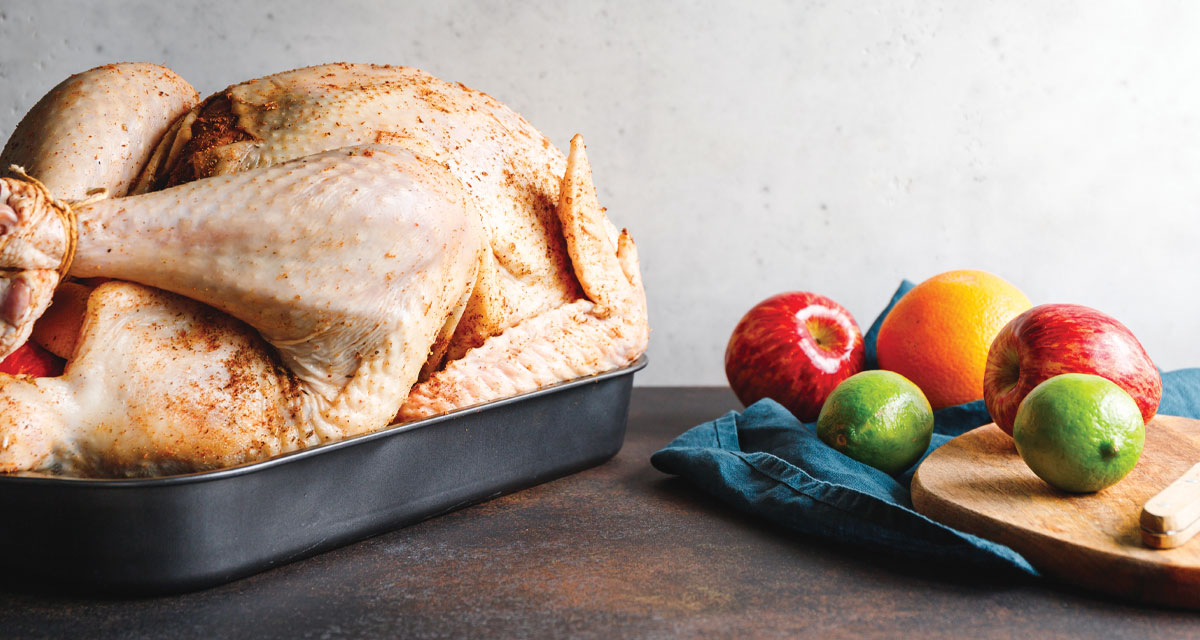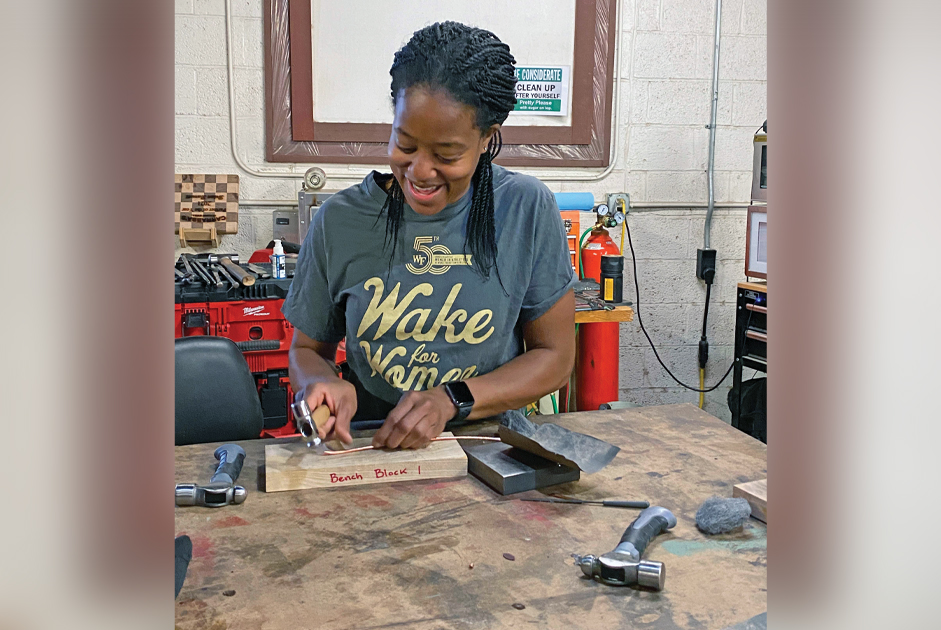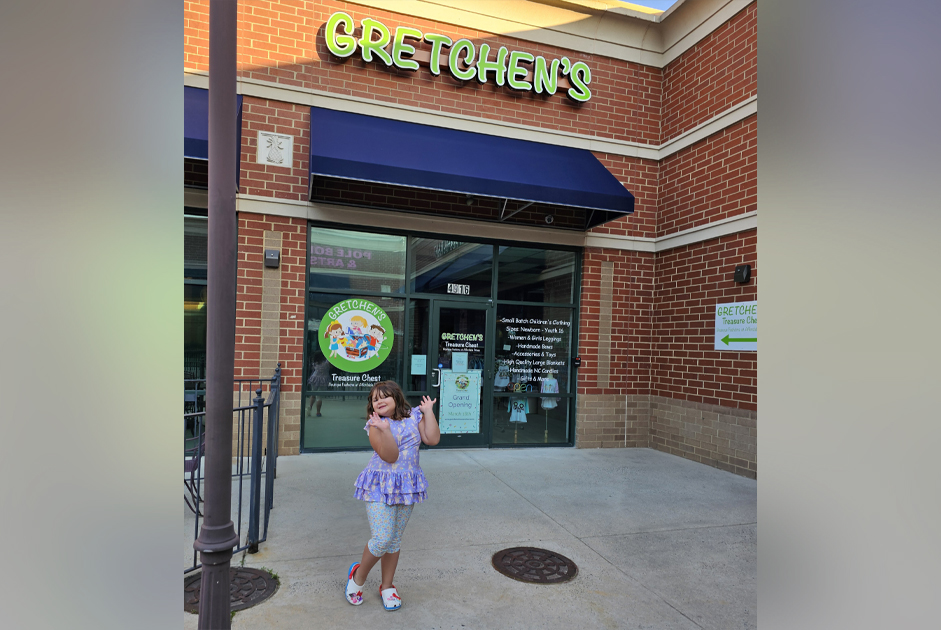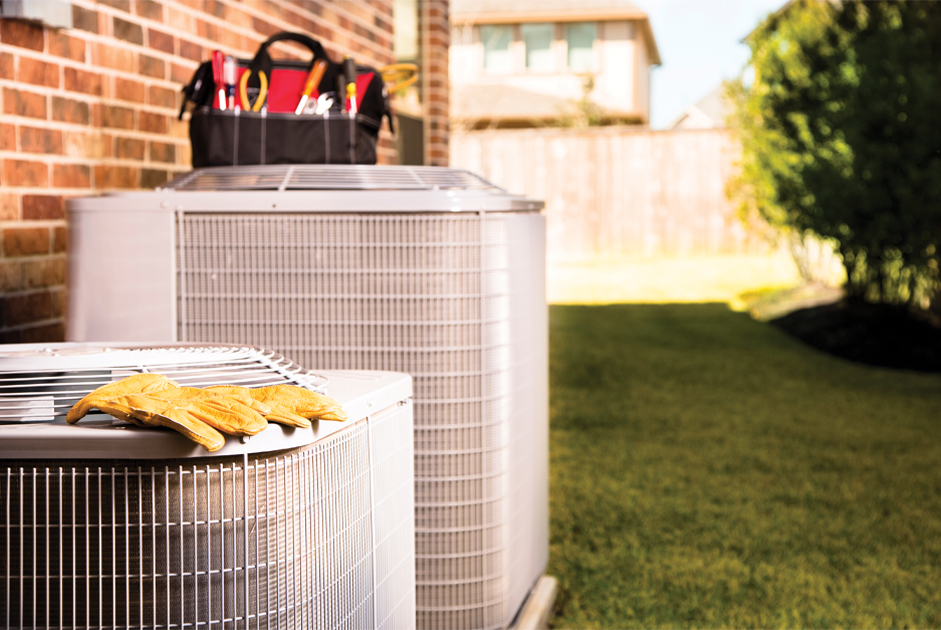Beyond the chilled breezes and the remnants of fall colors cascading down, November transitions into a month of reflection for family and friends—along with comfort food. Conversations occur through texting and phone calls, revealing plans for traditional meals and the desire to try new side dishes. As family members begin constructing checklists, they should be sure to follow safety procedures, ensuring every seated member has an enjoyable, grateful, and healthy Thanksgiving.
Kitchen Safety Measures
Excited children always want to be where the action lies, among beloved family. Start thinking about special activities to occupy the interests of young children, avoiding the kitchen to prevent accidents and severe burns.
- Always remember that Thanksgiving is a day for enjoyment, too! Use the week to start preparing the kitchen. Begin by removing all small appliances and other items from the countertops. Next, clear the floor of any potential tripping hazards. Finally, activate your smoke alarm, ensuring it works properly.
- Sanitize all surfaces, including cutting boards, and wash all bowls, plates, and utensils, preferably in the dishwasher.
- Remember, vegetables and poultry require separate cutting boards and utensils!
- Use rubber bands to wrap dangling electrical cords, keeping them out of the clutches of a child’s hands.
- Place a few spoon and knife trivets at the top of countertop stations to promote accessibility and safety.
- Take turns occupying the kitchen, monitoring the stove top and checking the main course!
- Hang two small trash bags from a lower cabinet knob as used dish towels.
- Give a responsible child the task of dishwasher duty. He or she should know the placement of plates, bowls, dishes, and utensils and how to load the appliance. Always run the dishwasher hours before dinner to make the cleanup easier.
Meal Preparation Tips
Bacteria found in poultry, Campylobacter and Salmonella, can remain on any given surface for 32 hours; therefore, consider separate stations for raw meat and produce. If you are alone, prepare uncooked vegetables, such as salads and vegetables, before handling raw meat and poultry.
Other suggestions:
- Defrosting frozen poultry in the refrigerator takes approximately 24 hours for every five pounds. It is okay to submerge in water and refrigerate.
- Rinsing a raw turkey creates a potential cross-contamination hazard. Since bacteria cannot be seen, smelled, or felt, cooking is the only means to kill it. Turkeys are safe to eat with the internal temperature reaching 165 degrees Fahrenheit in three places—the thickest part of the breast and the innermost part of the thigh and wing.
- Use the freezer to store chopped onions and other ingredients.
- Order a frozen or pre-baked dessert for pick-up!
Meal Enjoyment
Most families know which person is guaranteed to eat more stuffing or cranberry sauce; therefore, serve enough for everyone to have at least a generous helping. As cooked food cools down to room temperature, it only has two hours before it is deemed unsafe to eat. Thus, consider serving a large dish (e.g., the turkey, etc.) with the option to return to refill two particular favorites, for example, dressing or cranberries, (unless the guests anticipate dessert!)
Tip: Slice significant cuts of meat into small quantities to cool faster in the refrigerator.
Tip: Make cleanup easy! Encourage guests to use baking dishes that also serve as storage containers.
How Long Do Thanksgiving Leftovers Last?
Next-meal recipes are extraordinary. Why allow a single bite go to waste when you can reinvent mashed potatoes, stuffing, and turkey or ham? How about a meal of turkey enchiladas or cranberry salsa turkey wraps? Do not wait until Sunday evening, three days after dinner, to question what to do with the remaining food. Instead, start freezing early and include the label “Best by February first!”
Reheating safety practices:
- Sauces, gravies, and soups should come to a rolling boil before being served.
- All dishes, including stuffing, should reach an internal temperature of 165 degrees Fahrenheit.
- If traveling with leftovers, ensure they are well-packed in a cooler.
Take notes this holiday season and reflect upon the meal preparation, serving, and cleanup. Another big meal is coming up. There’s time to balance the art of preparing quality, healthy meals while spending time with the people you love most!
Happy Thanksgiving!























